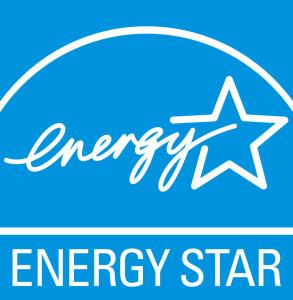Takeaway: Tips for making environmental choices whether buying a new computer or maintaining your current one.
To reduce energy intake you can use a power strip, monitor usage with utilities and unplug components when not in use. Deciding to go green for current computers or buying a new computer can help with power management to cut down on wasted energy and costs.
Energy Star is a voluntary energy efficiency program that prevents greenhouse gas emissions with strict guidelines. EPEAT is an assessment tool to help users compare and purchase computer equipment. Both provide tools to help make an environmental choice.


Buying a New Computer Tips:
- Research: Find out if it is Energy Star rated, how much energy the computer will use and power management options.
- Recommendations: Check out product reviews from previous purchasers and from non-profit organizations that provide accurate feedback (Such as EPEAT and Energy Star)
- Purify New PC: Read the Hazardous Material Use Policy on manufacturer’s site.
- Don’t be Greenwashed: Research the company to make sure that their “Green Computer” is not a marketing campaign with few benefits towards the environment.
- Green Guide: If you would like user ratings and reviews for products, several websites provide these options as well as advice for purchasing new equipment.
Upgrading Current Machine Tips:
- General Health Check: The three major components that play a role in energy are graphics card, microprocessor and monitor.
- Replace CRT Monitor: CRT Monitors may contain Lead, Mercury, Barium and more toxins. Replace your old monitor with a new LCD or LED Monitor to save energy and money.
- Upgrading Memory: Upgrading your RAM will increase the speed of your machine while lowering the power intake, which is a quick, inexpensive fix.
- Greener Battery: Similar to CRT Monitors, older laptop batteries contain hazardous chemicals such as lead. Companies are starting to manufacturer Green Batteries that have a longer life expectancy using earth-friendly features.
- Greener Power Supply: The ability to scale the power required for particular actions with your power supply is an efficient way to save energy; while regular power supplies emit a steady rate of power at all times.

